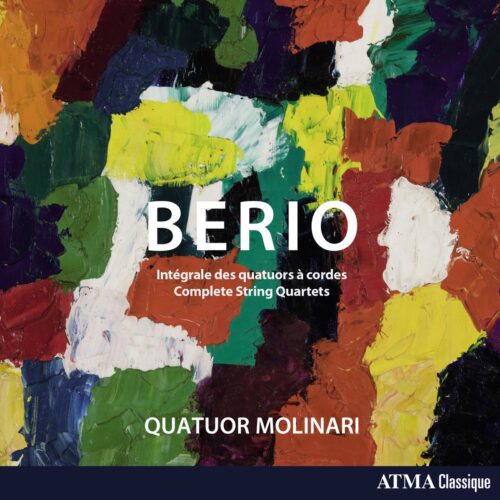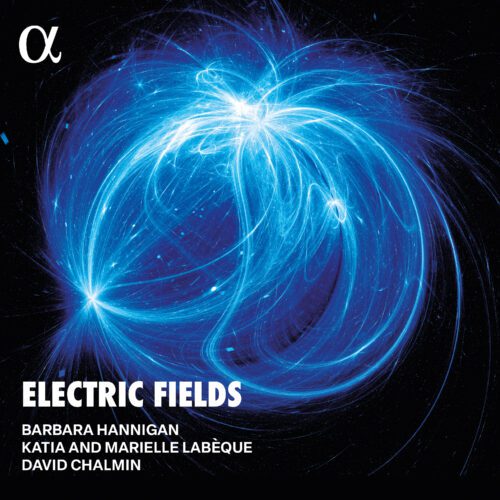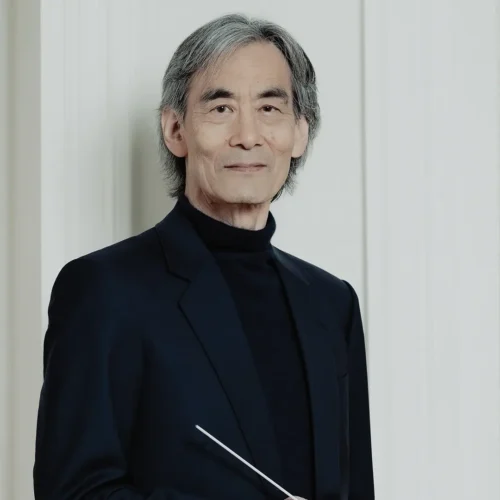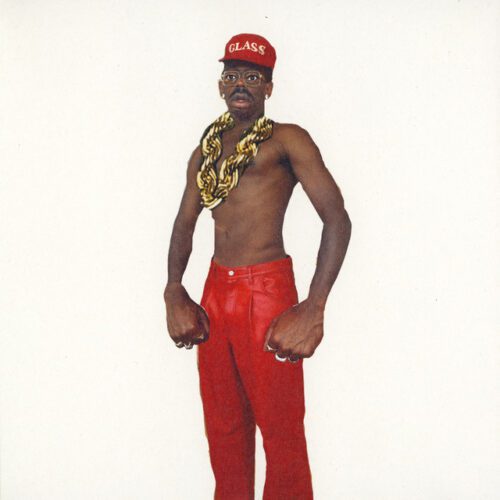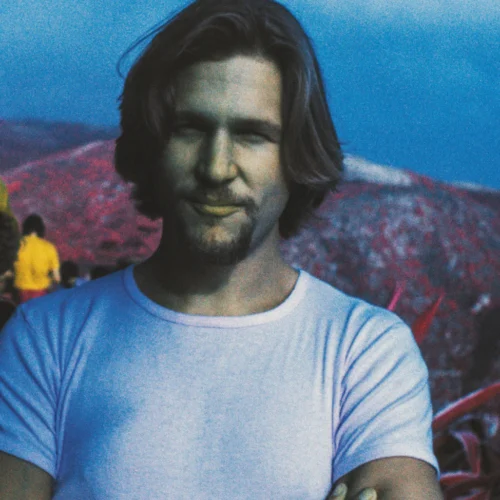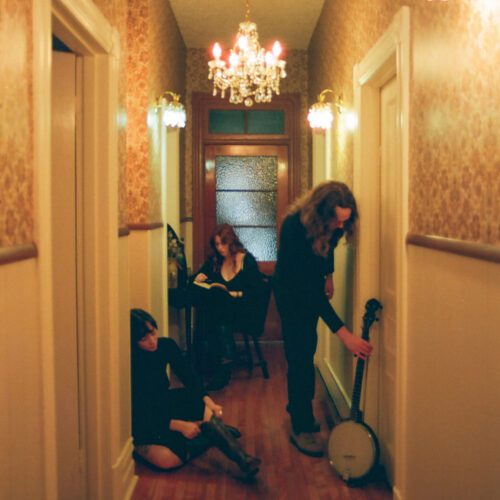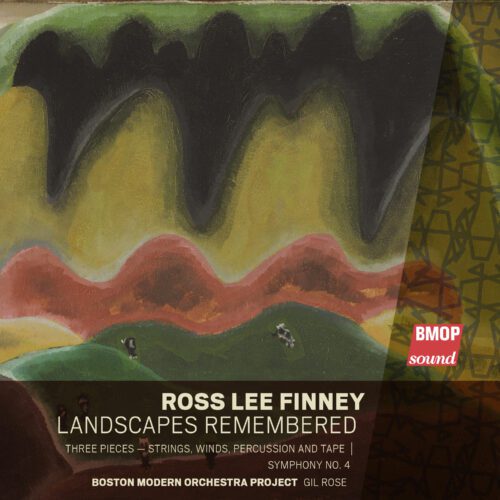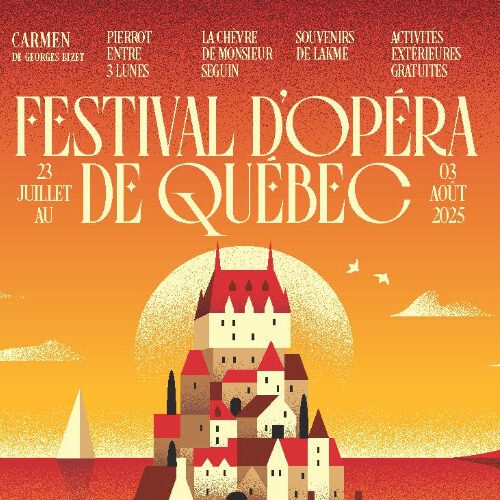Luciano Berio was born in 1925, making this the centenary of his birth. One of the most influential composers of modernism in the second half of the 20th century, Berio wrote five string quartets, not all of which bear that title. He himself only called four of these works string quartets. Nevertheless, through these five scores, we hear Berio evolve from the Webernian of his beginnings to the serialist and unclassifiable man he became in his maturity.
If Study is indeed a study, or an exercise in the ‘Second Vienna School,’ it nevertheless promises a solid future for this young man who arrived from Hungary to take part in a residency in the United States in 1952. The work dedicated to Maderna is elegant and built on fleshy, almost warm, atonal harmonies. Quartetto per archi from 1956 shows the same young man already more advanced, both intellectually and formally. Here we have extended serialism, rigorously constructing his phrases using tried-and-tested pitch techniques (retrogradations, transpositions, overlaps, etc.), but also serial sequences built on dynamics (triple piano to triple forte). He extends the serial grammar to include other discursive principles such as those of Bartok, thus demonstrating his unconventional nature for an ‘’avant-garde’’ composer of the time, which is certainly resistant to stylistic cages.
Sincronie (1964) is a major evolution in the tradition of discourse. Berio exploded the quartet’s usual narrative and syntax. He builds here an edifice based on severe, even violent contradictions. The instrumentalists are no longer in a conversational relationship between four individuals, each expressing him or herself through four strings, but rather in the communal habitus of a single vast 16-string instrument. Like an action painting on a canvas, the instrumental gestures are echoed in the sounds created. The result is a variegated panorama where colours and textures, ultra-fine or meaty, come and go, as in an animated projection.
Notturno (Quartetto III) followed, almost 30 years later in 1993. A 22-minute masterpiece that creates teeming sonic spaces made up of snatches of phrasing, incomplete gestures and astonishing expectations. The absence of discourse is the discourse. Silence evoked in the title (nocturne) is not embodied by musical pauses but abstractly suggested by said absence of completed references. Not surprisingly, Paul Celan’s phrase Ihr das erschwiegene Wort (‘To her the word of silence’), taken from Un témoignage du silence (A testimony to silence), in which Celan revisits the lifeless solitude of the victims of Nazism, has been included as the score’s exergue. The snatches of sound heard in the quartet thus become identifiable as so many murmurs, unspoken words, or hopes that quickly vanish.
The programme ends with Glosse from 1997, which is almost an afterthought. When he was asked to write a piece for a music competition, Berio was contemplating writing a final large quartet. The fragments of existing ideas became a work of barely eight minutes, described by Berio himself as short comments on a virtual quartet, or more precisely, on ‘’a quartet that does not exist’.’ Once again, Berio was surprising in the most stimulating way, in music with sustained sonorities and more muscle, if I may use the term, than in Sincronie and Notturno.
The Molinari Quartet is in the process of building up a rich and varied collection of complete works from the most important bodies of modern and contemporary string quartet music and composers. And it is doing so with exceptional artistic, interpretative, sonic and qualitative expertise. The timbral, textural and discursive interplay is superbly mastered. The Montrealers are ideally constituted for this repertoire.
An essential addition, certainly a benchmark.
